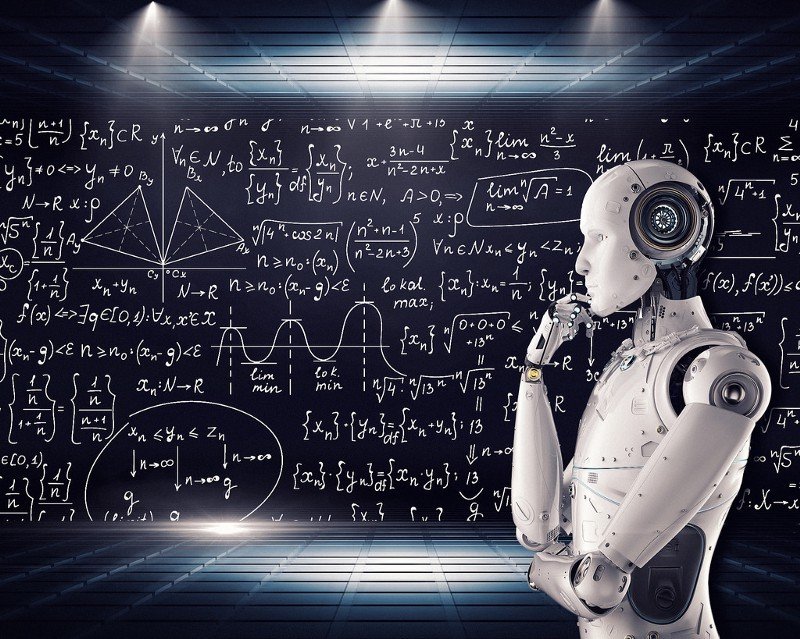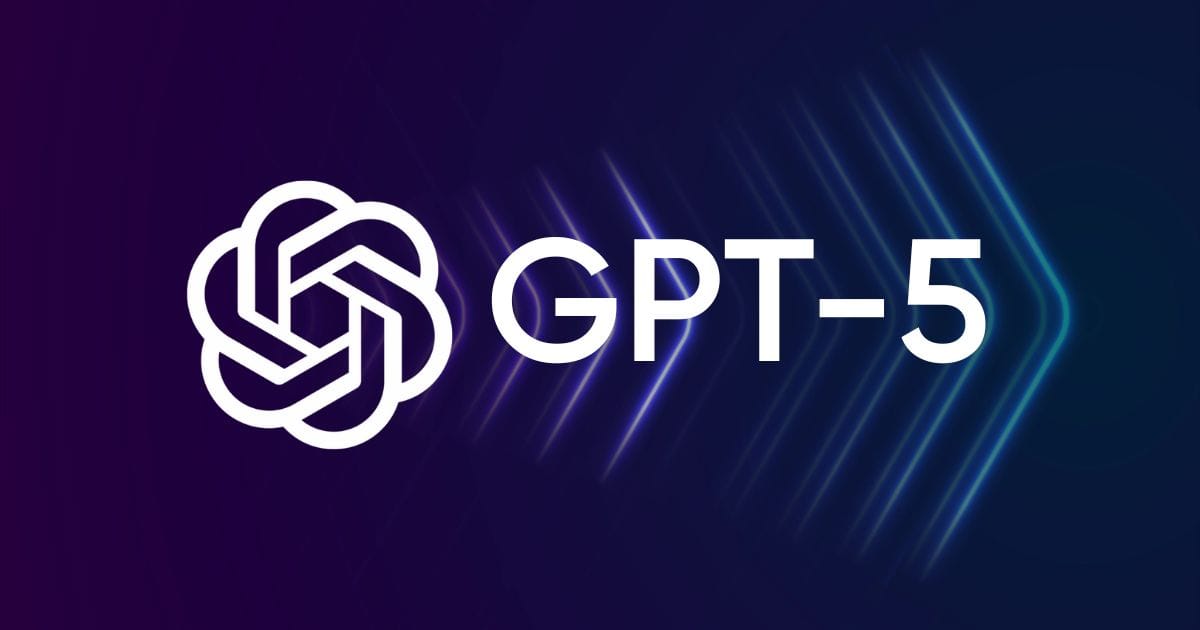Python has become one of the most widely-used programming languages in the world today. From web development to machine learning, data science, artificial intelligence (AI), and even scientific research, Python is everywhere. It’s known for its simplicity and versatility, allowing both beginners and experienced programmers to work with it efficiently. Whether you’re automating simple tasks or building sophisticated systems, Python offers a straightforward, accessible path into the world of programming.
But what is Python programming exactly, and why has it gained such popularity over the years? In this article, we’ll explore the ins and outs of Python—its origins, its core features, and how it has evolved into the powerhouse language we know today. Whether you’re a novice or a seasoned developer, this deep dive into Python will give you a comprehensive understanding of what makes this language special.
The Birth of Python: A Brief History
The story of Python begins in the late 1980s, when Guido van Rossum, a Dutch computer programmer, set out to design a new language. Van Rossum was inspired by the ABC programming language, a teaching tool developed at the Centrum Wiskunde & Informatica (CWI) in the Netherlands. While ABC was powerful, it was also overly restrictive in certain areas, leading van Rossum to envision a language that was more flexible, extensible, and user-friendly.
In December 1989, van Rossum began working on Python as a holiday project. His goal was simple: create a language that could be easy to read, write, and maintain. The first version of Python was released in February 1991 as Python 0.9.0, featuring many of the core concepts we still see today, including exception handling, functions, and the use of modules.
What made Python distinct from other programming languages at the time was its emphasis on readability. The use of whitespace for block delimiters instead of braces or other special characters was a design choice that set Python apart. It wasn’t long before Python became popular among developers and educators for its clarity and simplicity.
Over the years, Python evolved with regular updates and a growing community of contributors. Today, Python is managed by the Python Software Foundation (PSF), and the language has reached version 3, which introduced a number of enhancements and changes aimed at improving performance and readability.
Python’s Core Features: Why Is It So Popular?
Python’s popularity is no accident. There are several key features that contribute to its widespread appeal:
1. Readability and Simplicity
One of the primary reasons Python is favored by developers is its clean, readable syntax. Python emphasizes simplicity and clarity, which makes it easier to write and maintain code. For instance, the code structure is defined by indentation rather than brackets or semicolons, making it immediately clear where each block of code begins and ends.
This simplicity doesn’t just help beginners. Even experienced programmers appreciate the way Python eliminates unnecessary complexity. You can focus on solving problems rather than managing the syntax of the language itself.
2. Extensive Libraries and Frameworks
Python has a rich ecosystem of libraries and frameworks that make it suitable for a wide range of applications. Whether you’re building a web app, working with data, or creating machine learning models, Python has an extensive collection of third-party tools to get the job done.
For instance, Django and Flask are popular Python frameworks for web development, while libraries like Pandas, NumPy, and Matplotlib are essential for data analysis and visualization. If you’re working with machine learning, you have tools like TensorFlow, Keras, and scikit-learn at your disposal. The wide availability of these libraries has been a key driver in Python’s rise to prominence.
3. Cross-Platform Compatibility
Another reason Python stands out is its cross-platform nature. Python code can be executed on any major operating system, such as Windows, macOS, and Linux, without any modification. This means developers can write code once and run it anywhere, making it highly versatile in different environments.
4. Community Support
Python has one of the largest and most active programming communities in the world. Whether you’re troubleshooting a bug or seeking advice on best practices, you can find help through online forums, tutorials, documentation, and open-source projects. The Python community’s commitment to collaboration and improvement has helped the language grow and thrive over time.
5. Versatility
Python is known for its versatility. It can be used for almost anything, from web and software development to scientific computing and automation. Whether you’re developing games, working on artificial intelligence, scraping data from websites, or automating everyday tasks, Python is flexible enough to handle all kinds of projects. Its general-purpose nature allows developers to switch between fields without needing to learn a completely different language.
6. High-Level Language
As a high-level programming language, Python abstracts away much of the complexity involved in managing memory and interacting with the operating system. This makes Python easier to learn and use compared to lower-level languages like C or C++, where developers must manually manage memory and deal with complex systems.
Python and Its Use Cases
The range of applications for Python is vast. Let’s take a closer look at some of the most common areas where Python shines.
1. Web Development
Python has become a go-to language for web development, thanks to powerful frameworks like Django and Flask. Django is a high-level web framework that encourages rapid development and clean, pragmatic design. Flask, on the other hand, is a micro-framework that gives developers more flexibility and control. Both frameworks make it easier to build web applications quickly and efficiently.
Python’s simplicity and readability make it an excellent choice for web developers who want to focus on functionality rather than fighting with the intricacies of a complex language. Additionally, the large number of Python libraries available for handling common tasks—such as authentication, database management, and template rendering—further enhance its appeal for web development.
2. Data Science and Machine Learning
In recent years, Python has become the dominant language in data science and machine learning. With libraries like NumPy, Pandas, and Matplotlib, Python offers tools for handling and analyzing data, performing statistical calculations, and creating visualizations.
Moreover, Python is widely used in machine learning thanks to powerful libraries like TensorFlow, Keras, and PyTorch. These libraries simplify the process of building and deploying machine learning models, from image recognition to natural language processing (NLP).
Python’s popularity in data science can be attributed to its ease of use, extensive libraries, and active community, making it the preferred choice for data scientists and machine learning engineers.
3. Automation and Scripting
Python’s ability to automate repetitive tasks is one of its standout features. Whether you need to automate file management, send emails, scrape websites, or process data, Python’s simple syntax and powerful libraries make automation easy.
Many developers and system administrators rely on Python for writing scripts that handle tasks like server maintenance, data backups, and system monitoring. Its versatility makes it a perfect tool for automating virtually any task, saving time and effort for both individuals and organizations.
4. Game Development
While not as widely recognized as other game development languages like C++ or Unity’s C#, Python still has a place in the world of game development. Libraries such as Pygame make it easier to develop simple 2D games, and Python is often used as a scripting language for game engines. For example, the widely-used game engine, Blender, includes Python as its scripting language.
Though Python might not be the first choice for AAA games, it’s an excellent option for prototyping and developing simple games, making it a popular language for indie developers and hobbyists.
5. Scientific Computing
Python’s scientific libraries, such as SciPy, SymPy, and Biopython, make it a powerful tool for scientific computing. Researchers and scientists use Python for simulations, complex mathematical calculations, bioinformatics, and more.
Python is also used extensively in academic settings, where it’s employed for teaching computational theory and conducting experiments. Its open-source nature, along with the ease of access to scientific libraries, has made it a favorite among researchers in various fields, from physics to economics.
6. Cybersecurity
Python’s simplicity and versatility make it an excellent choice for cybersecurity professionals. Security experts often use Python for tasks such as penetration testing, vulnerability scanning, and creating custom scripts for network analysis. Libraries like Scapy and Paramiko make it easier to work with network protocols, conduct packet sniffing, and automate tasks.
Python is also widely used in the creation of security tools, such as web application scanners, malware analysis tools, and network vulnerability scanners. It’s a language that provides both flexibility and power, making it indispensable in the cybersecurity field.
Why Should You Learn Python?
There are many reasons why Python should be at the top of your list when learning to code. Its versatility, readability, and vast ecosystem of libraries make it an ideal language for both beginners and experienced developers. Here are just a few reasons why you should learn Python:
1. Easy to Learn and Use
Python is one of the most beginner-friendly programming languages. Its syntax is straightforward, and its emphasis on readability makes it easy for newcomers to pick up. Even if you’ve never written a line of code before, Python’s simplicity and gentle learning curve make it a great starting point.
2. High Demand for Python Developers
The demand for Python developers is at an all-time high. Companies in virtually every industry are seeking skilled Python developers to help with web development, data analysis, automation, and more. Whether you’re interested in working in tech, finance, healthcare, or education, Python is a skill that will open doors for you.
3. Great Community and Resources
Python’s large community of developers means you have access to countless tutorials, forums, and resources to help you learn. Whether you’re working through an issue or trying to improve your skills, there’s always someone to help or a resource to guide you.
4. Endless Career Opportunities
From web development to machine learning, data science, and automation, Python opens up a wide range of career opportunities. The language is used in everything from start-ups to large corporations, and its versatility ensures that you’ll be able to apply your skills in many areas.
5. Great for Prototyping
Python’s flexibility and simplicity make it a perfect language for prototyping. If you have an idea for a new product or service, you can quickly build and test it using Python before moving on to more complex development.
The Road Ahead for Python
Python continues to grow in popularity, with new features and libraries constantly being added. The future of Python looks bright, and as it continues to evolve, it will remain a powerful tool for developers across many industries. Its role in emerging fields like artificial intelligence, machine learning, and automation will only become more important as these technologies advance.
As a developer, learning Python is an investment in your career and your future. Whether you’re interested in building websites, working with data, or exploring AI, Python offers a versatile and accessible way to get started.
Conclusion
Python programming is more than just a trend. It’s a language that has stood the test of time, constantly evolving and adapting to the needs of modern developers. Its simplicity, readability, and vast ecosystem of libraries have made it the language of choice for beginners and experienced developers alike. Whether you’re building web applications, analyzing data, or working on cutting-edge AI models, Python provides the tools you need to succeed. With its robust community and wide-ranging applications, learning Python opens the door to endless possibilities.






